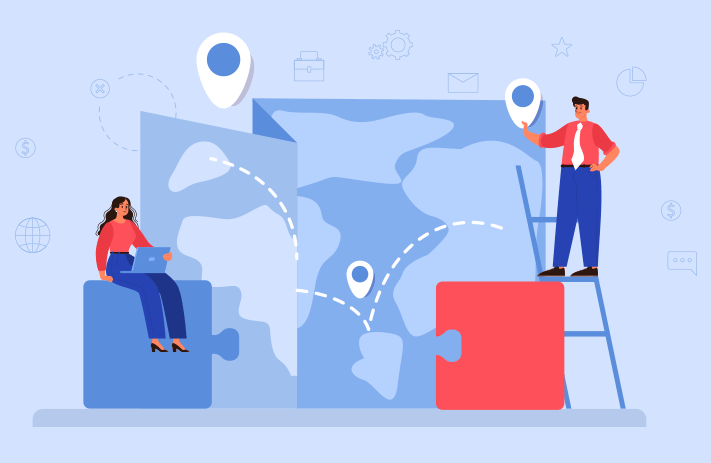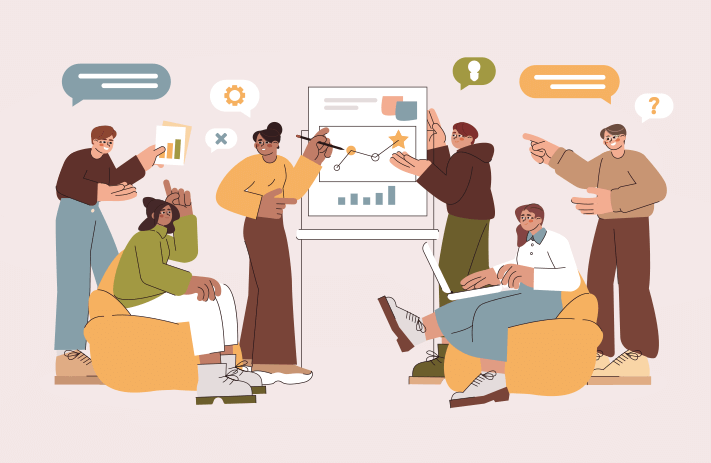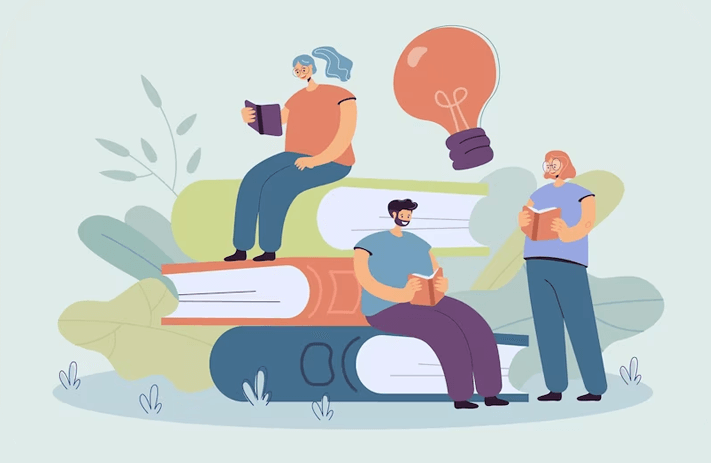
Click the button to start reading
Agile Mindset Unraveled: Meaning, Benefits, and How-to-guide
Understanding the Agile Mindset: More Than Just a Buzzword
You’ve probably heard the term “agile mindset” thrown around in business meetings or seen it splashed across LinkedIn posts. But what does it really mean? And why should you care?
At its core, the agile mindset is a way of thinking, a philosophy if you will. It’s not just about following a set of practices or ticking off tasks in a sprint. It’s about how you approach challenges, how you adapt to change, and how you continuously strive for improvement.
Now, there’s a difference between having an agile mindset and merely doing agile. You can follow all the agile methodologies in the world, but if you’re not embracing the core principles and values, you’re just skimming the surface. It’s like buying a gym membership but never actually working out. Sure, you’re part of the club, but are you really getting the benefits?
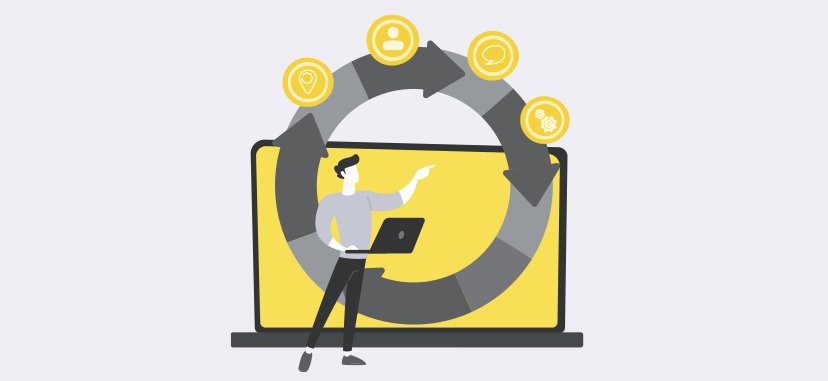
So, What’s the Agile Mindset Meaning, Anyway?
Alright, let’s break it down. The term “agile mindset” might sound like jargon, but it’s actually pretty straightforward. Think of it as a mental framework that prioritizes adaptability, collaboration, and customer satisfaction.
In today’s fast-paced business world, things change at the drop of a hat. New technologies emerge, customer preferences shift, and markets evolve. In such a dynamic environment, clinging to old ways of doing things can be a recipe for disaster. That’s where the agile mindset comes in.
Having an agile mindset means you’re ready to pivot when needed, you’re open to feedback, and you’re always on the lookout for better ways to get things done. It’s not just about being fast; it’s about being smart, efficient, and resilient.
Remember, it’s not a one-size-fits-all approach. What works for one company might not work for another. But the underlying principles remain the same: be adaptable, be collaborative, and always keep the customer at the heart of everything you do.
The Agile Culture and Mindset: Two Sides of the Same Coin
You might’ve heard that an agile mindset and agile culture go hand in hand. But how exactly? Think of it this way: if the agile mindset is the seed, then the agile culture is the soil. One nurtures and complements the other.
Having an agile mindset means you’re open to change, value collaboration, and prioritize customer needs. But without the right culture to support and foster these values, that mindset can wither away, much like a plant in barren soil.
Now, let’s talk about a company we’ll call “TechTumble.” They proudly announced their shift to an agile mindset. Workshops were held, certifications were flaunted, and buzzwords were thrown around like confetti.
But here’s the kicker: while they were busy adopting the agile mindset, they overlooked their rigid, bureaucratic culture. Meetings still dragged on for hours, decisions were bottlenecked at the top, and teams operated in silos. The result? A chaotic mix of old habits in shiny new agile wrapping. It’s like trying to plant a cactus in a rainforest; it just doesn’t fit.

Characteristics that Define an Agile Mindset
When you dive into the world of agile, certain traits stand out.
Let’s unpack them:
- Adaptability and Continuous Learning: In the ever-evolving business landscape, resting on your laurels isn’t an option. An agile mindset thrives on change. It’s about embracing the unknown, learning from experiences, and continuously refining your approach.
- Collaboration and Open Communication: Gone are the days of working in isolation. With an agile mindset, you understand the power of collective intelligence. It’s about pooling resources, sharing knowledge, and ensuring everyone’s on the same page. And yes, that means those impromptu coffee machine chats can indeed be productive.
- Customer-Centricity: At the heart of an agile mindset is the customer. It’s not just about delivering a product or service; it’s about ensuring it adds value to the customer’s life. This means listening to feedback, understanding their pain points, and constantly iterating to serve them better.
In essence, an agile mindset isn’t just a way of working; it’s a way of being. It’s about viewing challenges as opportunities, valuing the journey as much as the destination, and understanding that success is a collective effort.
How to Develop and Nurture an Agile Mindset
As you embark on your agile journey, it’s not just about the steps you take but also the mindset you adopt.
Think of it as packing a mental toolkit for the adventure ahead. While the methodologies and techniques are crucial, there are some overarching principles to keep top of mind.
These principles will not only guide you but also ensure that your agile journey is both effective and enriching.
Here are some key tenets to embrace:
- Riding the Winds of Change: Change in the business world can be as unpredictable as a sudden breeze on a still day. It might tousle your plans a tad, but it brings a fresh perspective. Those who harness this wind, rather than getting blown over, find themselves soaring to new heights.
- Stay Curious, Always: Cast your mind back to when every day was a discovery. That’s the spirit! Whether it’s through enlightening seminars, deep-diving into insightful reads, or online courses, there’s a universe of knowledge out there. And within this universe, methodologies like Scrum and Kanban shine brightly, guiding teams towards iterative progress and heightened customer engagement.
- Let Feedback Be Your Guiding Light: Welcome it with open arms. Treasure it. Then, with the precision of a gourmet chef, use this feedback to perfect your strategies.
- Dance the Dance of Teamwork: Engage in the harmonious ballet of collaboration. Share, brainstorm, and let the collective energy of your team lead the way. Especially in the Lean methodology, where the dance focuses on fluidity, eliminating excess steps, and ensuring every move adds value.
- Reflect to Perfect: Take a moment, every so often, to look inwards. What resonated? What missed the mark? Use these reflections to fine-tune your journey ahead.
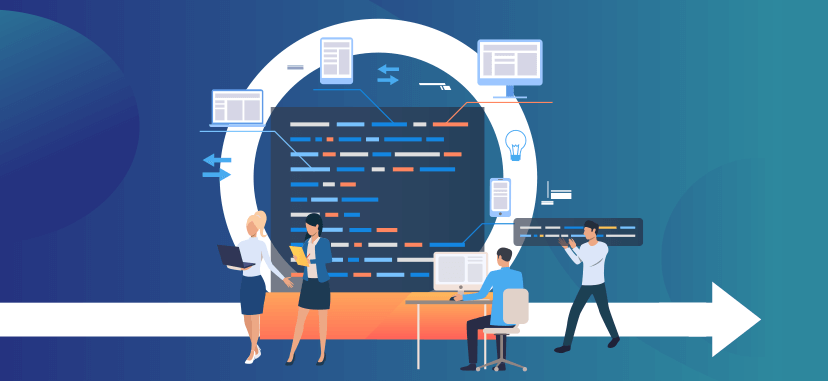
Implementing the Agile Mindset: Practical Steps Forward
Now that you’re equipped with the core principles of an agile mindset, let’s translate them into actionable steps. This is where the rubber meets the road.
- Assessment and Goal Setting: Before diving in, assess your current processes. Where are the bottlenecks? What’s working well? Set clear, measurable goals for your agile transformation.
- Choose the Right Agile Methodology: There are several agile methodologies, each with its unique approach and benefits. Here’s a quick rundown:
- Scrum: A framework that divides projects into small, manageable chunks called sprints, typically lasting two to four weeks. At the end of each sprint, the team reviews the work and adjusts as necessary. Scrum emphasizes collaboration, adaptability, and delivering the most valuable features first.
- Kanban: A visual system for managing work as it moves through different stages. It uses cards (often on a board) to represent tasks and columns to represent each stage of the process. The primary goal is to identify bottlenecks in the process and fix them, ensuring a smooth flow of tasks.
- Lean: Originating from manufacturing, Lean focuses on creating value for the customer while minimizing waste. In the context of agile, it emphasizes streamlining processes, reducing redundancies, and ensuring that every step in the process adds value.
- Assemble Cross-Functional Teams: Agile thrives on diverse teams that bring together various skills and perspectives. Ensure your teams have a mix of roles, from developers to designers to product managers.
- Regularly Review and Iterate: Adopt sprint reviews or retrospectives. These regular check-ins help teams assess their progress, discuss challenges, and plan improvements for the next cycle.
- Customer Involvement: Remember the principle of customer-centricity? Involve your customers or end-users regularly. Whether it’s through feedback sessions, usability testing, or surveys, their insights are invaluable.
- Invest in Training: The agile journey is continuous. As new challenges arise or as the business landscape changes, invest in training sessions, workshops, or certifications to keep your team updated.
In Conclusion: The Lasting Impact of an Agile Mindset
We’ve journeyed through the intricate tapestry of the agile mindset, weaving through its threads of adaptability, collaboration, and continuous growth. But here’s the thing: the agile mindset isn’t just about project management or business strategies. It’s a lens through which you view challenges, a compass that guides your decisions.




